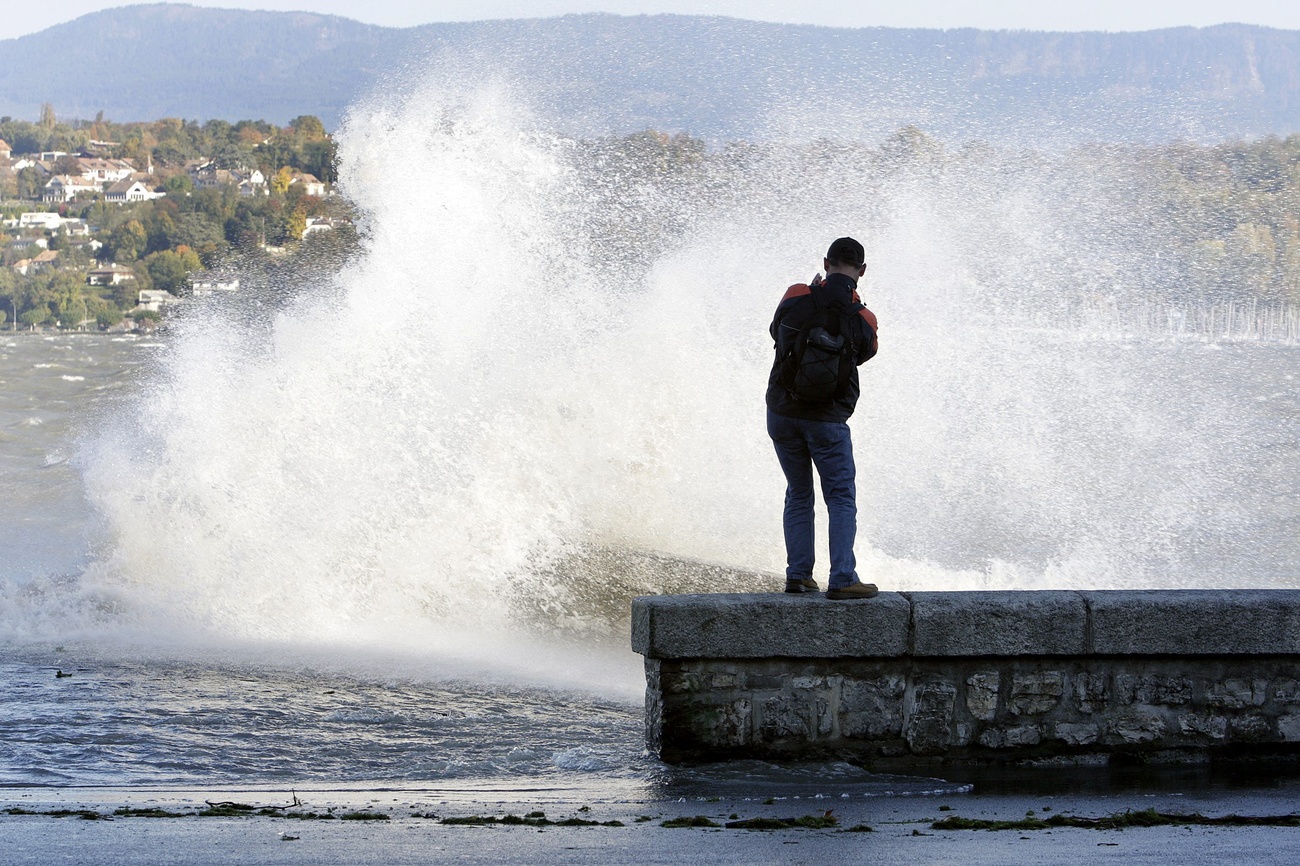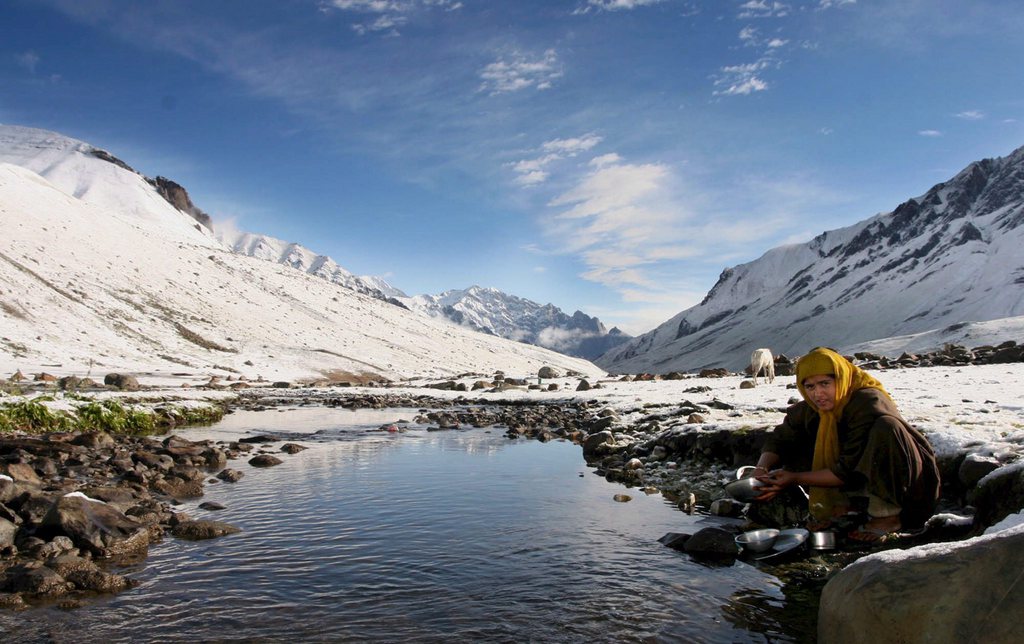Swiss argue targets central to Lima climate talks

The United Nations annual climate change conference opens Monday in Peru, where a draft deal will be hammered out ahead of next year’s Paris summit. Setting national targets will be crucial, according to the Swiss delegation head.
Unlike recent climate summits, the 20th Conference of Parties (COP20) begins its two weeks of negotiations, involving over 190 countries, following a recent rush of ostensibly good news.
Just weeks after the European Union set a drastic 40 per cent cut in carbon emissions by 2030 from 1990 levels, an agreement between the United States and China bid unprecedented emissions curbs on the US, the world’s second largest polluter, and gave a boost to the Green Climate Fund. Last week, Switzerland added a pledge of $100 million to the fund, which now stands at $9.8 billion.
At the conference convention centre’s ribbon-cutting ceremony on Friday, Christiana Figueres, executive secretary of the UN Framework Convention on Climate Change (UNFCC), hailed the atmosphere of openness and optimism that prevailed at the start of the Lima talks, saying it was unlike anything she had seen in the past five years.
Peru’s environment minister, Manuel Pulgar-Vidal, says he expects the Lima meeting to deliver a draft text to be submitted for signing at the Paris summit in December 2015. An agreement in the French capital would replace the existing UN deal on climate change from 2020.
Swiss delegation head Franz Perrez admitted one of the main outcomes of the COP20 should be a draft decision, but said the text “could still change a lot” before next year’s summit.
“What is really important is to have a good decision on how countries have to hand in their INDCs,” he said, referring to ‘intended nationally determined contributions’, by which countries publicly outline by March 2015 the actions they intend to take, according to their circumstances and capabilities.
INDCs were agreed upon at last year’s Warsaw summit and are considered bottom-up proposals to be matched with a top-down system in which countries together aim to limit the average global temperature rise to two degrees Celsius.
Perrez explained that “depending on the decision taken in Lima, the contributions will look different. We will need good contributions in order to have a good outcome in Paris. For this reason, we think this is more important than a draft text.”
Divisions
Ahead of the publication later this week of a study by the Intergovernmental Panel on Climate Change (IPCC), the scientific body’s spokesman, Michael Wadleigh, told the Peruvian foreign press association that the clock was ticking for extreme measures to be adopted to stop the global temperature rise.
“It’s like your baby’s temperature, that goes up and up and up. You need to have the numbers go down.”
He said that billions of tonnes of carbon would have to be removed from the atmosphere to stop the temperature rising by more than the agreed two degrees Celcius.
Perrez indicated that at the start of the Lima talks “one of the big issues that has not yet been sorted is whether the Paris agreement will still make a division along the lines of Annex 1 [industrialised countries] and non-Annex 1 [developing] countries”.
According to the UNFCC or the Kyoto Protocol, Annex 1 countries are expected to take on more responsibilities than the rest. This became a point of contention, with the United States rejecting the treaty in 2001.
Perrez wondered: “Will we ask developed and developing countries to submit the same thing, or do we have a different language for Annex 1 and non-Annex-1 countries?”
This, he said, would affect how INDCs are submitted in early 2015, as they are “nationally-determined” where “developing countries could be doing something else than the developed countries”.
Nonetheless, the Swiss representative said that he saw some of the “major players were now ready to move ahead”, and that a new agreement was “feasible”.
“Some countries may feel that it may be too early to move to common ground, and that if they move too quickly, the common ground may move in the opposite direction. But if they take too long, it may make it too difficult to land.”

In compliance with the JTI standards
More: SWI swissinfo.ch certified by the Journalism Trust Initiative












You can find an overview of ongoing debates with our journalists here . Please join us!
If you want to start a conversation about a topic raised in this article or want to report factual errors, email us at english@swissinfo.ch.